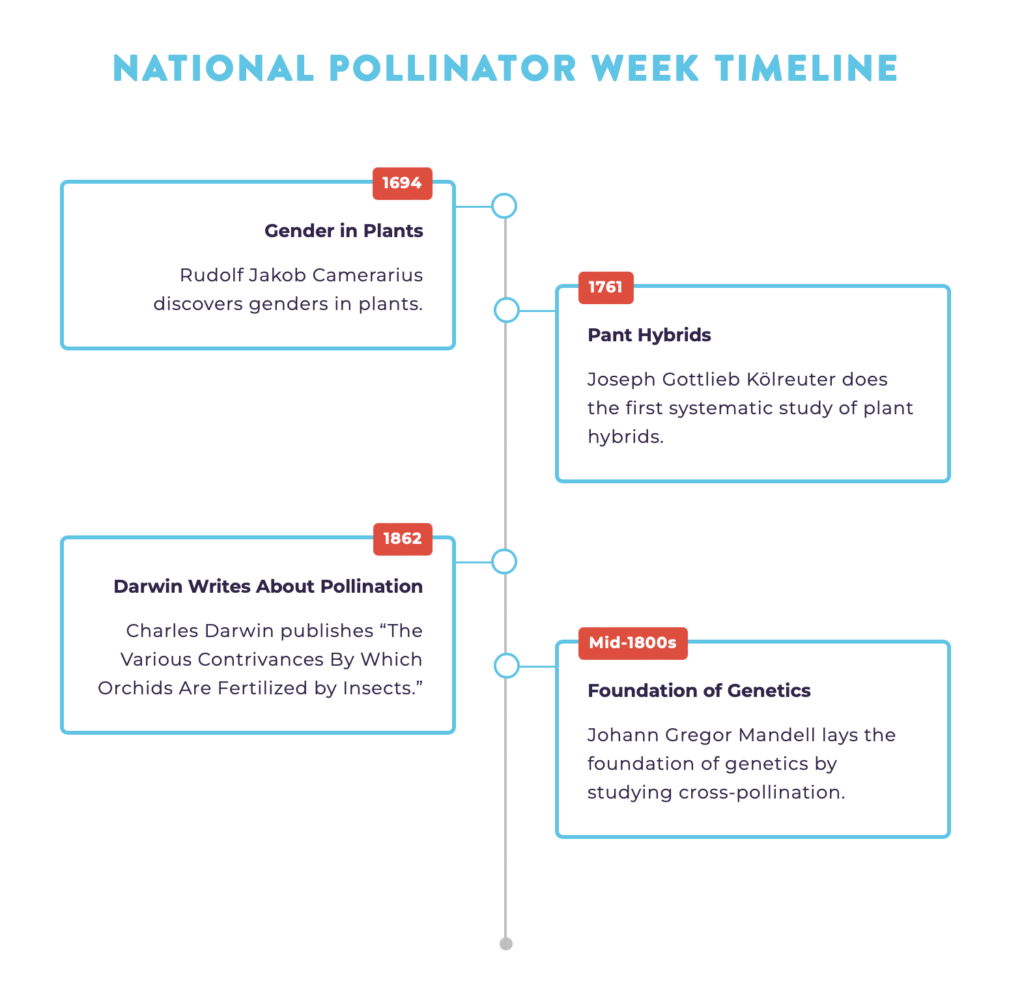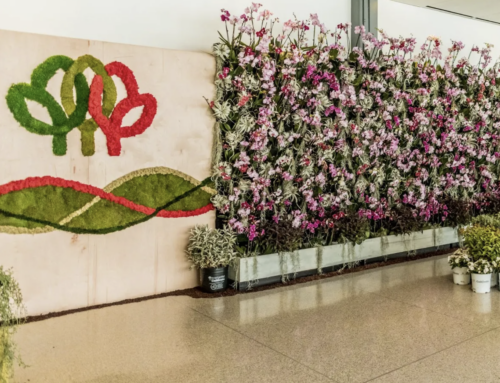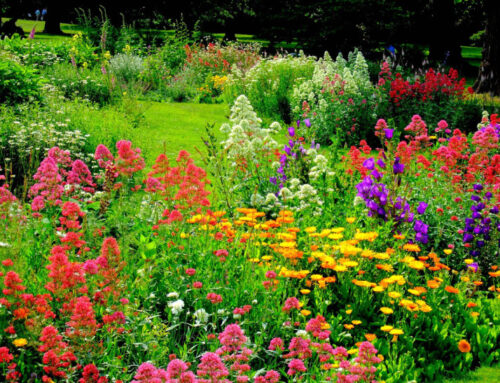National Pollinator Week is an annual event celebrated all over the world in the last full week in June, from June 20 to June 26 this year. The event was started in support of pollinator health. Pollinators are insects and small animals like birds, butterflies, and bees that pollinate plants and make our gardens and world greener. During this week, nature lovers and conscious citizens come together to celebrate pollinators and raise awareness about different ways in which they can be protected. In recent years, social media has been a great way to disperse information about National Pollinator Week and draw in many volunteers internationally.
HISTORY OF NATIONAL POLLINATOR WEEK
National Pollinator Week was started and is managed by the Pollinator Partnership. The first National Pollinator Week was observed in 2017 in America after the Senate’s unanimous approval that acknowledged the week as a necessary step in taking cognizance of the urgent issue of declining pollinator populations. Unfortunately, around 40% of invertebrate pollinator species, especially bees and butterflies, face the danger of going extinct. Rising temperatures, scarcity of habitats, and increased human activities threaten the existence of these friendly animals. Today, the week is observed as an international celebration to protect the ecosystems that sustain pollinators like bees, birds, butterflies, bats, and beetles.
Pollinator Partnership conducts different programs for children, teens, and adults every year. These programs aim to get people across the planet to pledge their support to the cause and continue promoting pollinator health and well-being. The organization conducts a number of gatherings, webinars, planting sessions, garden and farm walks, and lighting of monuments throughout the week-long celebration.

HOW TO OBSERVE NATIONAL POLLINATOR WEEK
-
Foundation of Genetics
Let the birds know that they are welcome to pollinate in your garden by building a birdhouse for them. Keep it well stocked with seeds and water.
-
Plant for pollinators
Pollinators like bees and butterflies are attracted to specific types of flowers and fruit. Find out what they are and plant them in your garden to welcome more visits by the pollinators.
-
Participate in a nature walk
You can participate in or host a nature walk to have a close look at how pollinators make our surroundings more colorful. This is also a fun way to celebrate National Pollinator Week with children.
– Repost from National Today – Link to full article here.




